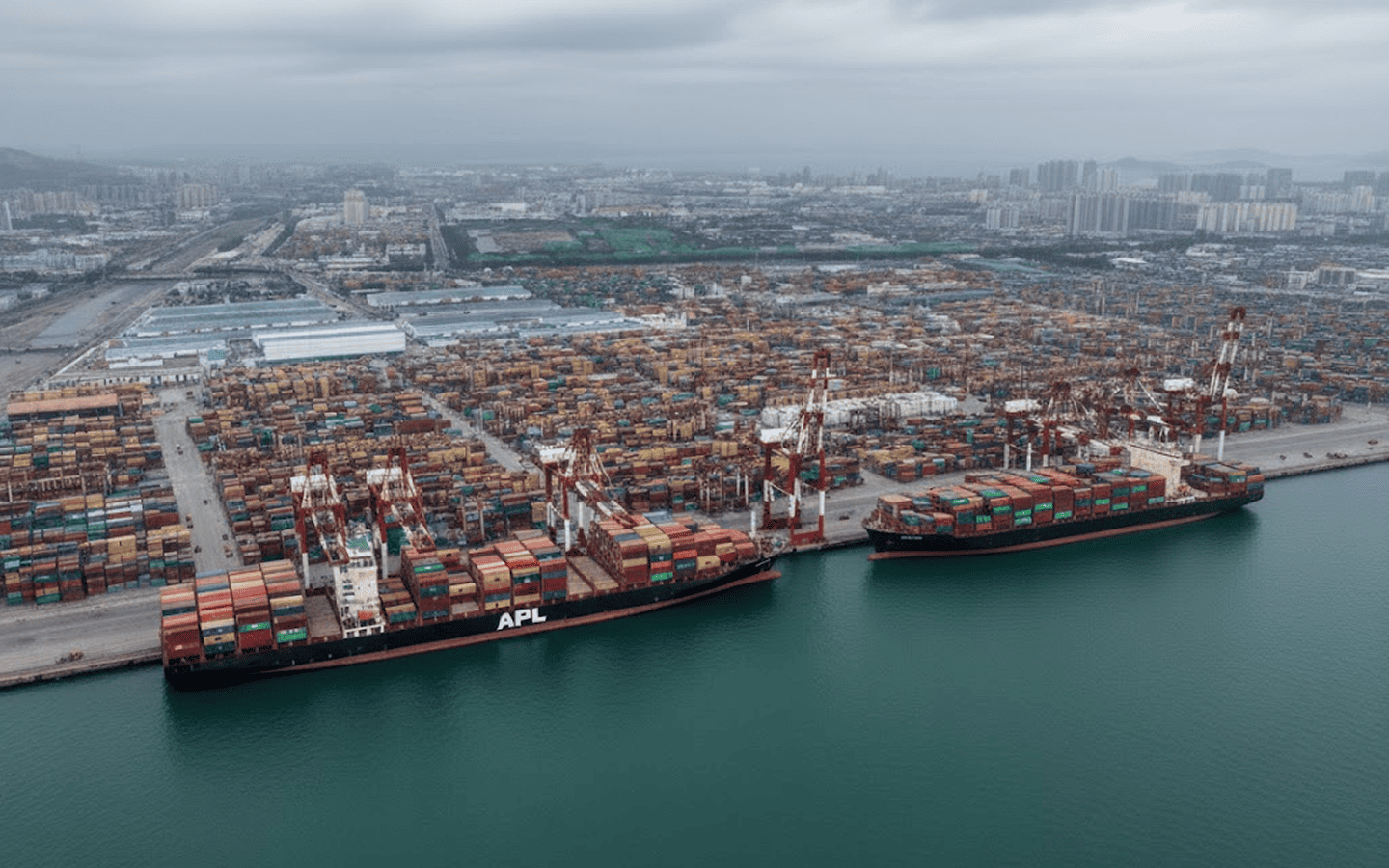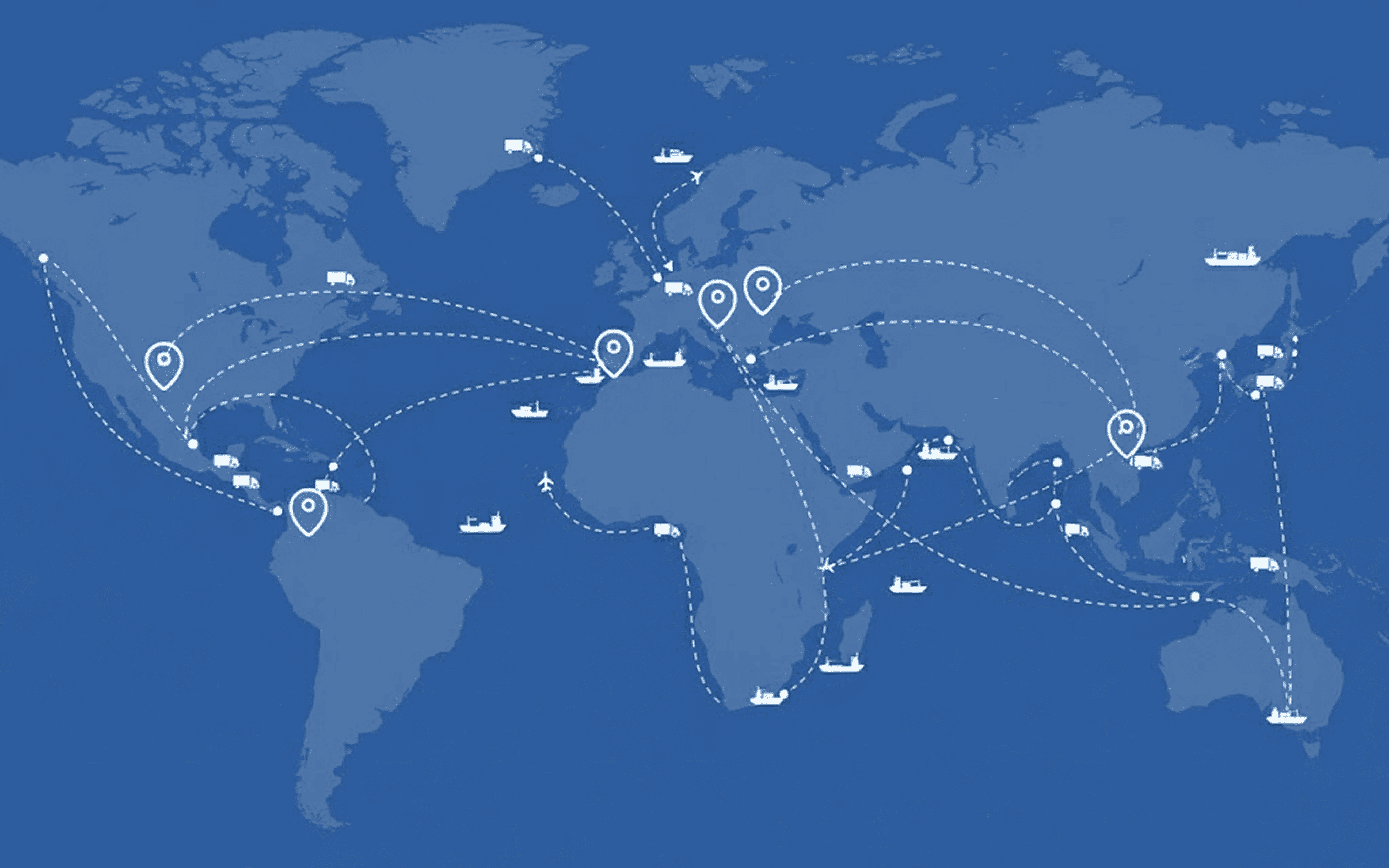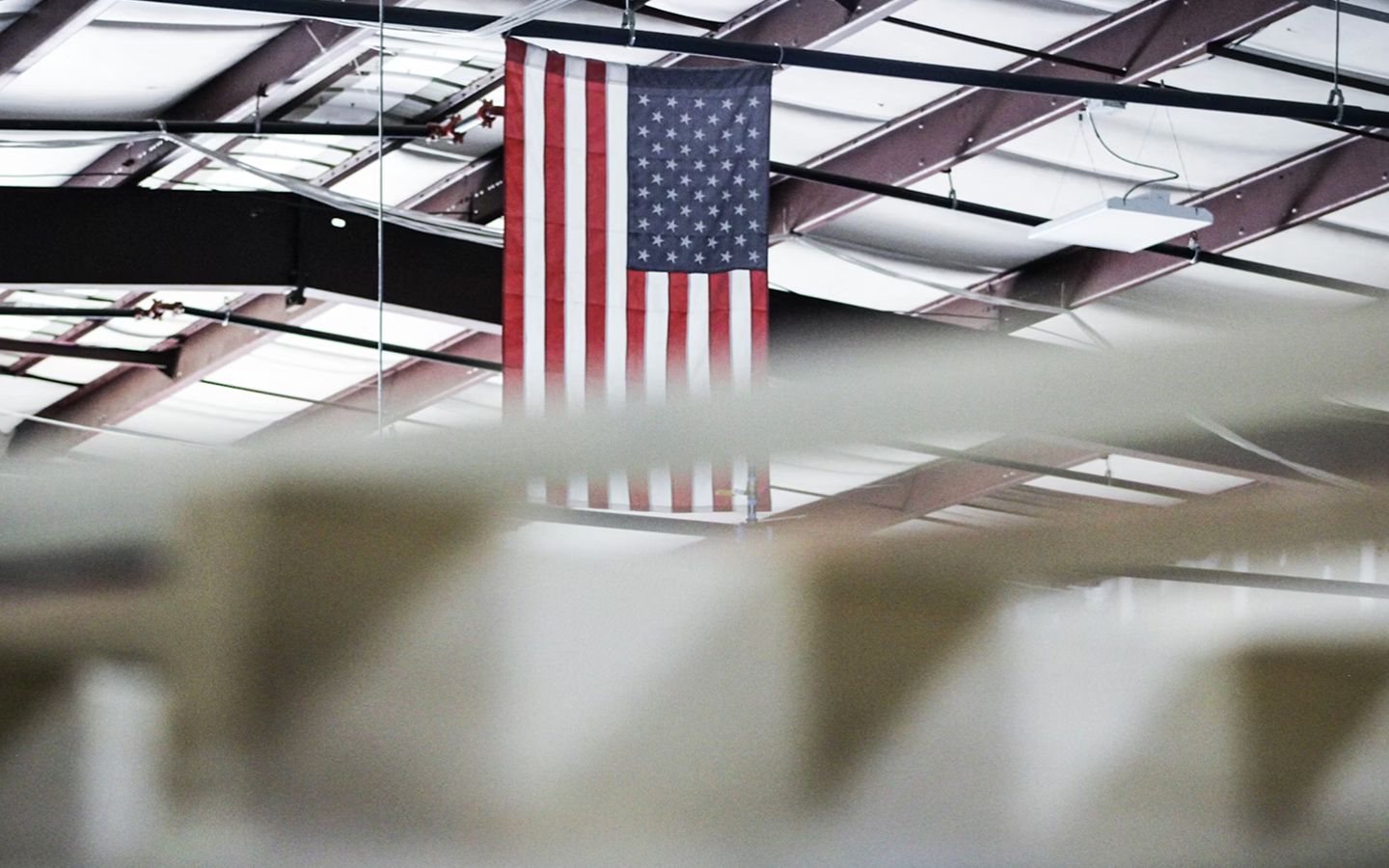Trump threatens 100% China tariffs: what it means for your brand
As a direct act of retaliation against Beijing’s restrictions on rare earth exports, U.S. President Donald Trump has threatened to impose an additional 100% tariff on China.
While these tariffs aim to boost domestic production, the recent news has created significant uncertainty for small brands. The new tax on imported goods will strain cash flow, tighten profit margins, and force many businesses to raise prices. This could potentially drive consumers toward larger companies with more competitive options.
China has stated that they don’t want a tariff war, and President Trump is open to negotiating with China. However, all outcomes remain possible, from agreeing to a solution to moving forward with the implementation of the new tariffs.
This article explores what the 100% tariff threat means for your brand and how you can reduce its potential impact.

Trump threatens additional 100% tariffs on China
As the trade war between the world’s two largest economies escalates, U.S. President Donald Trump has announced plans to impose an additional 100 percent tariff on China.
The proposed tariff is set to take effect on November 1, 2025 (or sooner, depending on China’s response). This move could reshape global trade and disrupt existing supply chains.
Many U.S. brands rely on overseas manufacturing for a diverse range of products, from electronics and textiles to custom merchandise. These additional 100% tariffs will directly affect them, doubling the cost of imported goods from China and causing significant price spikes.
These new China 100 tariffs aim to reduce reliance on Chinese imports and boost domestic production, but they also risk increasing costs for small businesses and consumers.
Economists warn that a full-scale tariff implementation could add over $1,000 per year in extra costs for the average U.S. household and push inflation higher in 2025. To understand the broader implications, read our article on why Trump’s rare earth magnet tariff threat signals a supply chain revolution.
What this means for creators and small businesses
The unpredictability of recent tariffs means greater uncertainty and risk for small businesses. For creators and brands that depend on Chinese manufacturers, a 100 percent tariff could lead to:
Higher production costs.
Longer lead times.
Reduced profit margins.
As prices rise, companies may need to review their pricing strategies and pass costs on to customers or find alternative supply sources. Brands may also face delays and order cancellations as Chinese suppliers adjust prices and export terms.
Additionally, countries affected by U.S. tariffs often retaliate by imposing their own tariffs on American exports. This harms both businesses that import and export products.
How to mitigate the impact of tariffs on small businesses
Small businesses can mitigate the impact of tariffs by adopting strategies focused on supply chain diversification and financial management.
1. Reevaluate your supply chain
Start diversifying your manufacturing network. Look for suppliers in countries with favorable trade agreements or consider building supply chains in the U.S.
Platforms like THE/STUDIO work with trusted partners. Connecting brands with the best manufacturers worldwide helps reduce risk and dependency on one region.
Vietnam, Mexico, Thailand, and India are emerging as key alternatives for U.S. brands shifting production away from China due to rising costs and tariff threats.
2. Streamline operations
Identify inefficiencies and optimize your workflow. From better inventory control to automated order management, small changes can minimize costs and offset the financial burden of tariffs.
3. Improve your financial management
Monitor cash flow closely. Reduce nonessential expenses, negotiate better payment terms, and plan for price fluctuations. Strategic budgeting can help your business stay stable during trade uncertainty.
Benefits of building supply chains in the U.S.
Creating domestic production networks can strengthen your business in several ways:
Eliminate import tariffs and shipping delays.
Improve turnaround times and product quality.
Boost consumer trust with “Made in USA” branding.
Increase transparency and supply chain control.
You can use THE/STUDIO supply chain platform to discover local factories and explore localized production.

Frequently asked questions
What does a 100 percent tariff mean?
A 100 percent tariff means imported goods are taxed at 100% of their value. If an item costs $50 to import, the importer must pay another $50 in tariffs, effectively doubling the total cost.
Why did Trump put tariffs on China?
Trump’s tariffs on China are part of a strategy to fulfill a key campaign promise, in which the President seeks to reduce a massive trade deficit.
The goal with the 100% tariff is to:
Reduce trade imbalances.
Protect American industries.
Pressure China on intellectual property and manufacturing practices.
Do tariffs cause inflation?
Yes. When tariffs raise import costs, businesses often pass those costs to consumers, contributing to higher overall prices.
What are the real effects of tariffs?
Tariffs can protect domestic jobs in the short term, but often disrupt global supply chains. For small businesses, they mean higher costs, slower growth, and the need for more flexible sourcing strategies.

Final thoughts
The potential 100 percent tariff on China is a wake-up call for brands to act fast. Supply chains must evolve to achieve resilience, flexibility, and transparency.
Experts suggest that even if negotiations ease tensions later, businesses that diversify now will be better prepared for future trade disruptions.
At THE/STUDIO, we help creators adapt and connect with trusted manufacturers. Whether you’re scaling production or building locally, you can use our platform to find vetted factories worldwide. This makes it easier for your brand to face the tariff challenges and stay ahead in a rapidly changing market.





